How to cool down your living room without AC — 7 simple layout changes
No AC? Here's how to cool your living room with 7 simple changes
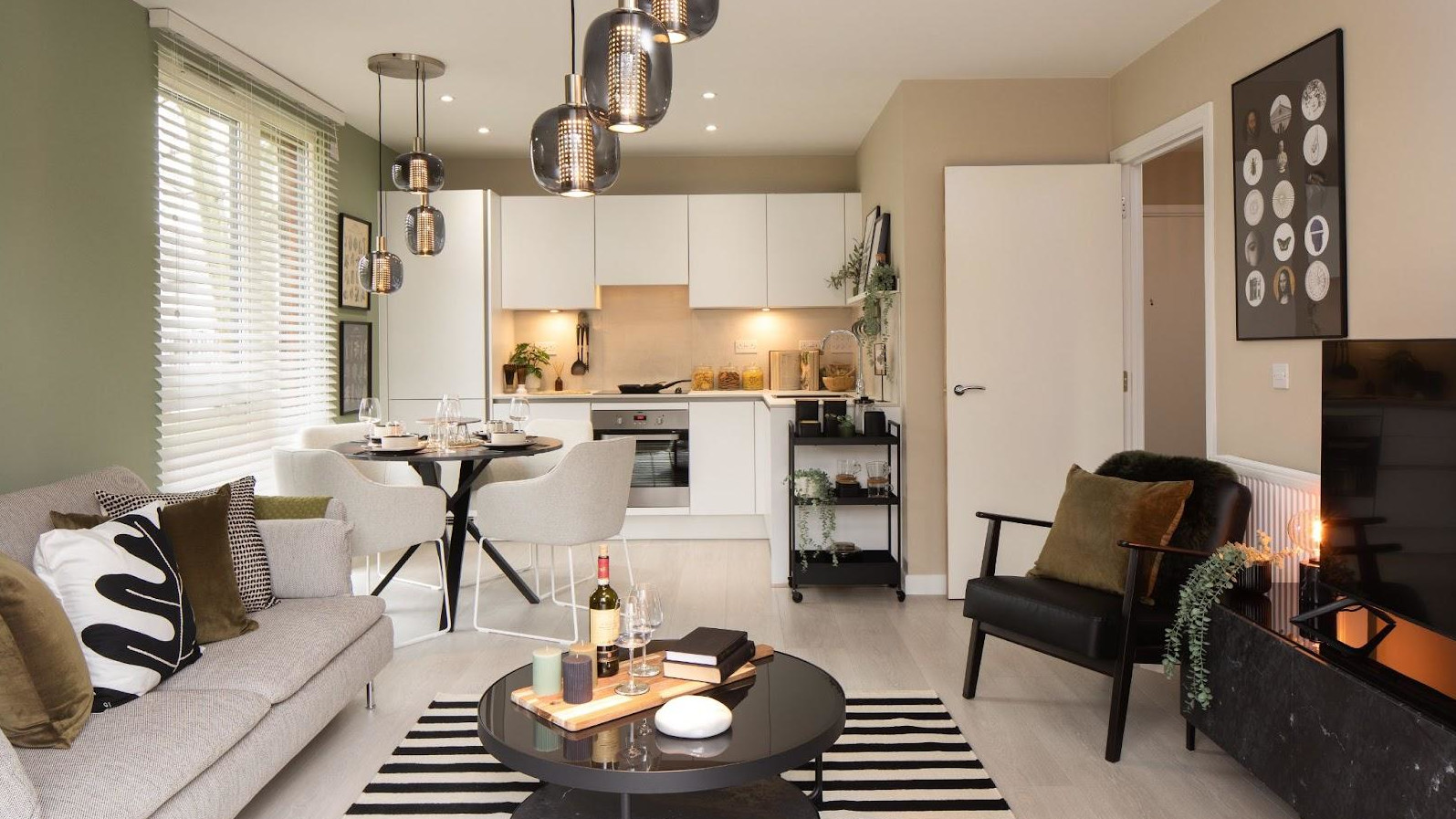
As temperatures start climbing and we transition from spring into summer, your living room can quickly become uncomfortably warm, especially if you're relying on fans instead of expensive air conditioning.
The good news is that you don't need costly cooling systems to create a noticeably more comfortable space. Strategic furniture placement, smart window treatments, and airflow management can reduce your living room temperature by several degrees without spending a fortune.
By working with natural cooling principles instead of against them, you can transform your living room into a refreshing retreat from rising temperatures, proving that sometimes the best solutions are also the simplest ones.
Here are the seven simple living room changes you can make to naturally cool your space, no air conditioning required.
1. Rearrange furniture away from windows
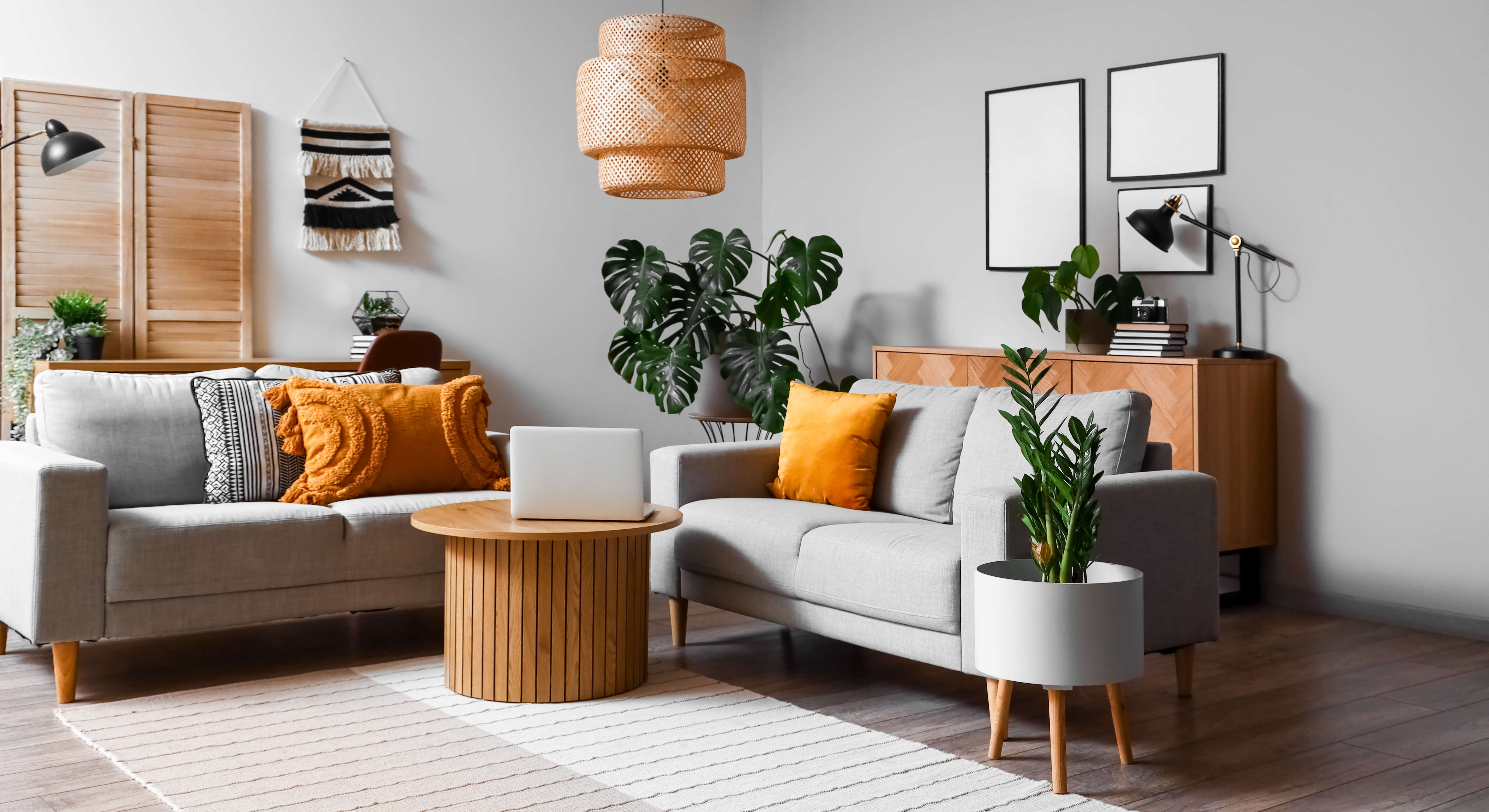
If your living room tends to trap heat, the layout of your furniture might be partly to blame.
Placing large pieces like sofas, armchairs, or bookcases directly in front of windows can block airflow and trap warm air inside. By simply rearranging your furniture to create a clearer path for air to move, you can significantly boost natural ventilation.
Try positioning furniture at least two feet away from windows to allow air, especially cooler evening breezes, to circulate more freely throughout the room. This is particularly effective if you rely on cross-ventilation from open windows or fans. In fact, improving air circulation through layout adjustments alone can increase airflow by up to 30%.
Not only does this simple change promote better cooling, but it also protects your furniture from direct sunlight, which can cause fading or heat damage over time. It’s a quick, no-cost tweak that can make a noticeable difference in how cool your living room feels.
2. Install blackout curtains or thermal blinds
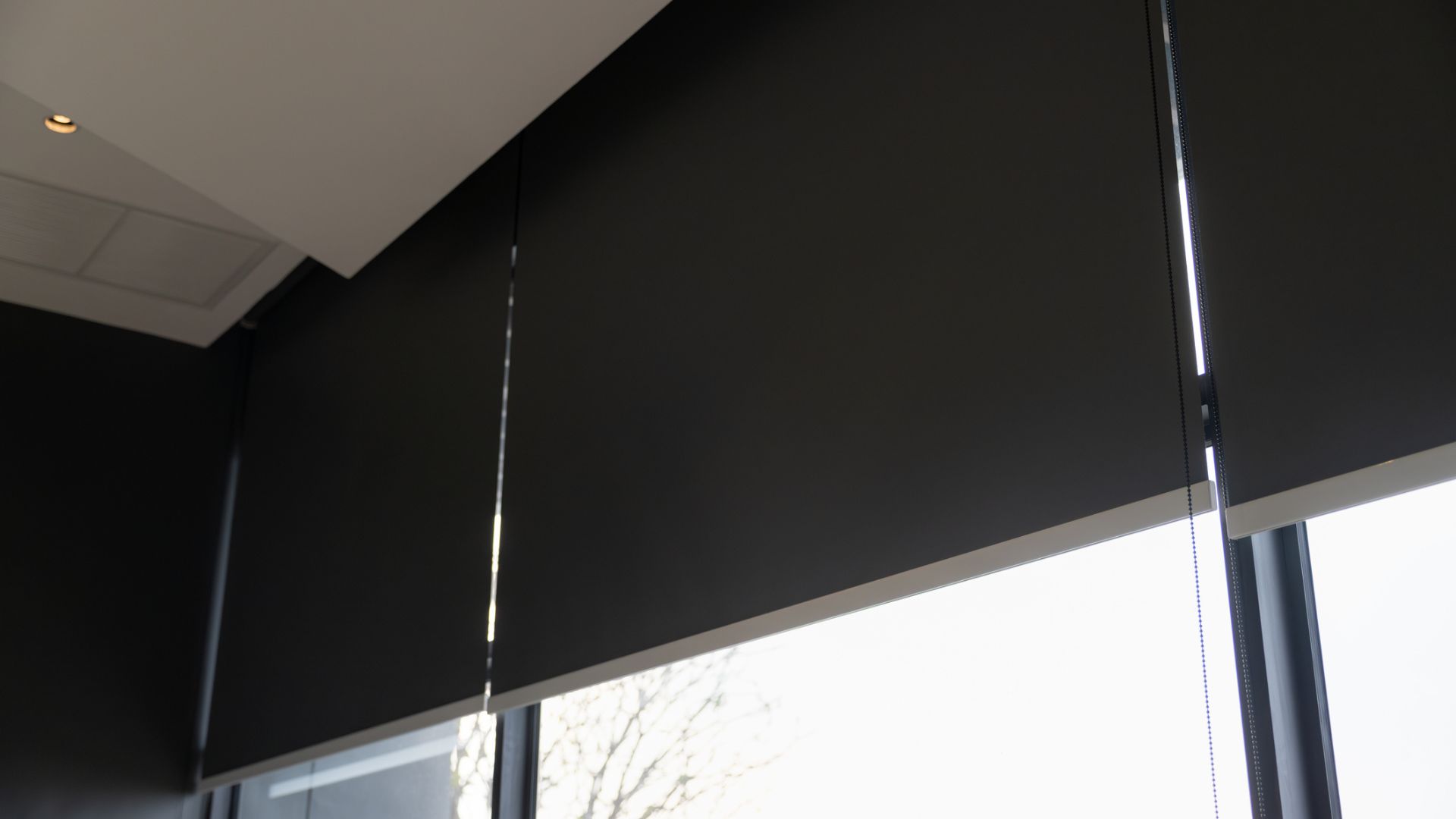
One of the simplest and most effective ways to keep your living room cool is by blocking out the sun’s heat before it enters.
Blackout curtains and thermal blinds are designed to do exactly that. By covering your windows during the hottest parts of the day, these treatments dramatically reduce the amount of solar heat that builds up indoors.
Look for window coverings made from tightly woven, light-colored fabrics. They not only block sunlight but also reflect it, helping to deflect radiant heat away from your space. Thermal blinds, in particular, feature insulating layers that add an extra barrier against heat transfer, keeping your room cooler for longer.
For best results, close the curtains or blinds before the sun hits your windows, especially in the morning or early afternoon.
3. Use fans and open doors to boost airflow
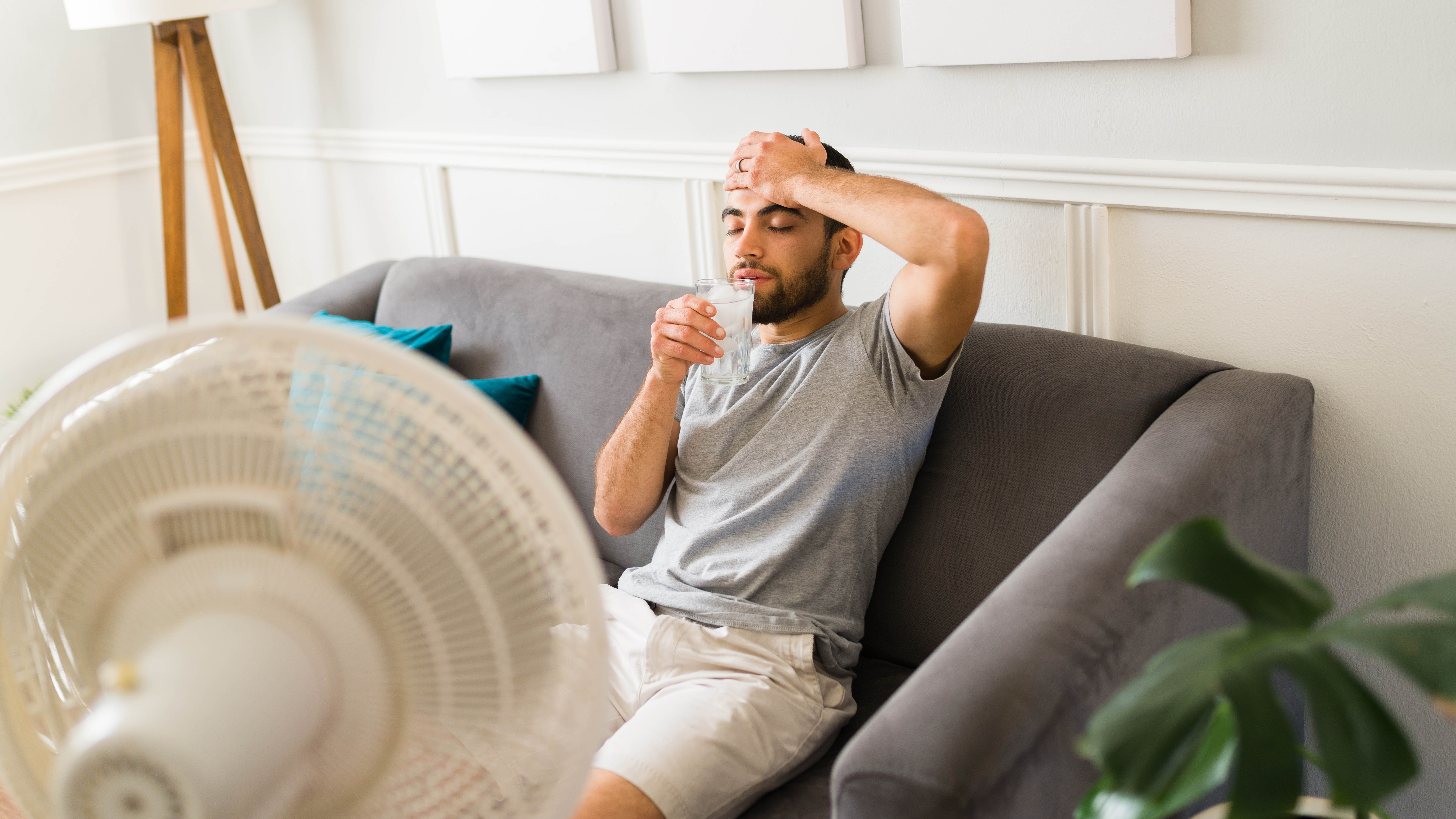
Maximize natural ventilation by using fans and open doors to guide airflow throughout your home. Position box or oscillating fans at open windows during the cooler parts of the day, typically early morning or evening, to push warm air out and pull fresh, cooler air in.
Also, keep all interior doors open to allow air to move freely between rooms. This eliminates hot spots and encourages even temperature distribution, turning your entire home into a passive cooling system.
When set up correctly, this technique creates a wind tunnel effect that can make your living room feel up much cooler.
This dual-function air purifier and fan pulls in dust and pollutants to purify your air while helping to keep your space cool. It’s a powerful unit packed with smart features like reverse airflow, night mode, jet mode, and a deep-clean cycle. You’ll also get real-time air quality updates, all with impressively quiet performance.
4. Switch to LED bulbs
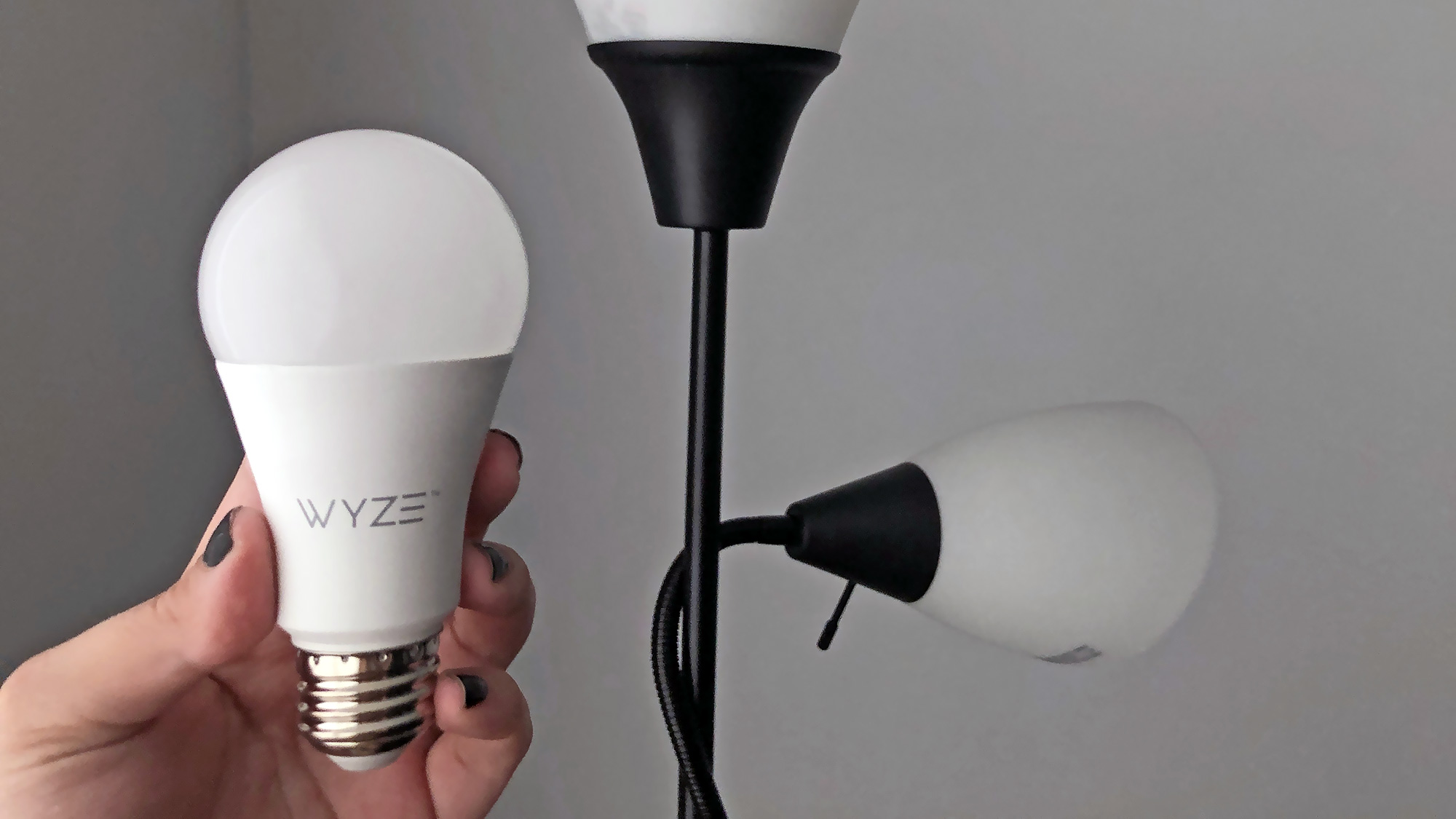
Lighting plays a surprisingly big role in indoor heat levels. Traditional incandescent bulbs give off a significant amount of heat, as up to 90% of their energy is released as warmth, not light.
Switching to LED bulbs is a small change that can have a noticeable cooling effect, especially during long summer days.
LED bulbs are far more efficient, emitting up to 80% less heat while still providing the same brightness. In smaller or less-ventilated living rooms, this can translate to a real drop in ambient temperature.
Plus, LEDs use less electricity, reducing your overall energy consumption, which is a win-win for comfort and cost.
5. Unplug electronics when not in use
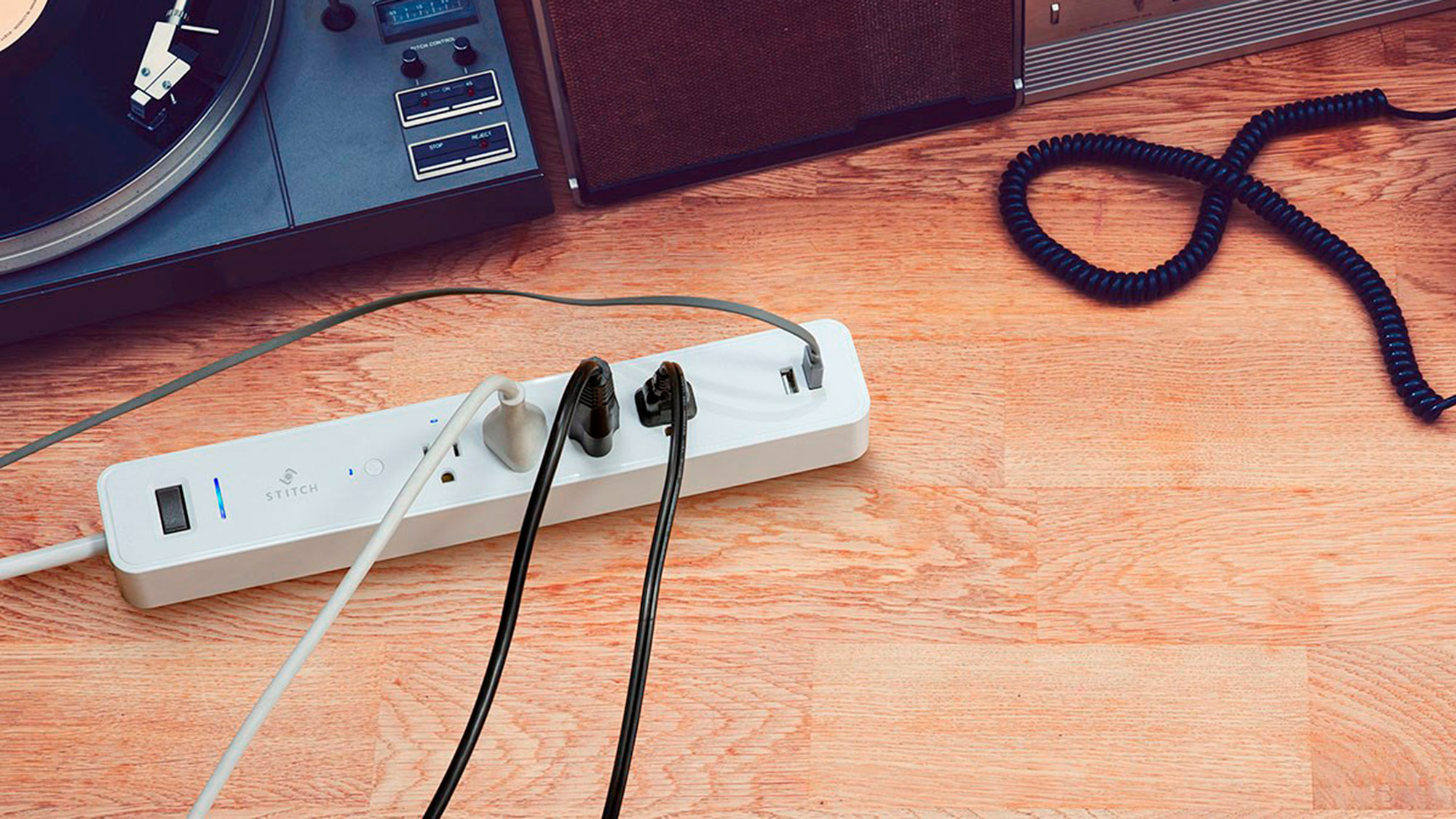
Even when idle or in standby mode, many electronics continue to generate heat. Devices like televisions, gaming consoles, computers, chargers, and even some lamps can subtly raise the temperature in your living room.
To minimize this passive heat, unplug unused electronics when not in use and during the hottest times of the day if possible. It’s a simple habit that not only reduces heat buildup but also conserves energy.
If you have multiple devices plugged into a single power strip, you can make this even easier by switching off the entire strip when the devices aren’t in use.
6. Time your window openings to trap cool air

Knowing when to open and close your windows can make a big difference in how cool your living room stays throughout the day.
During the hottest hours it’s best to keep windows closed to prevent hot air from entering. This helps trap the cooler air collected overnight and stops your home from heating up unnecessarily.
Then, in the early morning or late evening, when outdoor temperatures drop, open your windows wide to let in fresh, cooler air. This is the ideal time to ventilate your space and flush out the warm, stale air that built up during the day.
It’s a smart, energy-free way to stay cool, especially when paired with fans or thermal curtains that help regulate temperature during the day.
7. Create a cross-breeze with fans
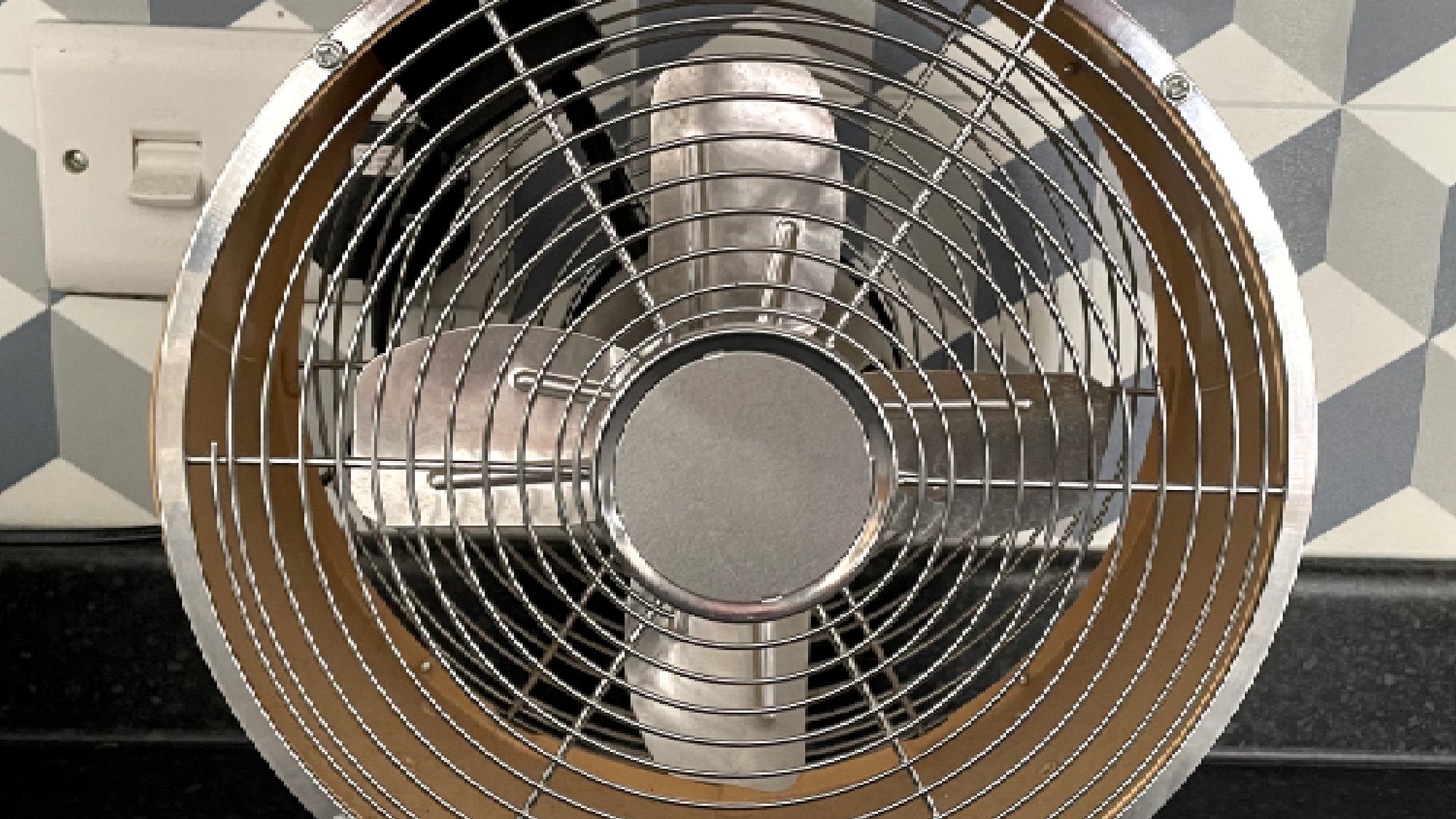
If your living room has windows on opposite or adjacent walls, place one fan facing inward on the side where cooler air is entering, and another facing outward on the opposite side to push warm air out.
This setup creates a continuous stream of air that flows directly through the space, effectively sweeping out trapped heat while replacing it with fresher, cooler air. Even without air conditioning, this method can make your living room feel cooler.
To enhance the effect, use adjustable fans and aim them at sitting areas or high-use zones. It’s especially effective during early morning or evening when the outdoor air is naturally cooler.
Now you've learned the seven changes you can make to cool your living room, why not take a look at our other useful guides?
For a different home cooling hack, check out this NASA-approved plant hack cools your home for free — here's how. And for the green thumbed, explore 7 tips for attracting more hummingbirds into your yard and how to make your plants grow faster.
Get instant access to breaking news, the hottest reviews, great deals and helpful tips.

Kaycee is Tom's Guide's How-To Editor, known for tutorials that skip the fluff and get straight to what works. She writes across AI, homes, phones, and everything in between — because life doesn't stick to categories and neither should good advice. With years of experience in tech and content creation, she's built her reputation on turning complicated subjects into straightforward solutions. Kaycee is also an award-winning poet and co-editor at Fox and Star Books. Her debut collection is published by Bloodaxe, with a second book in the works.
You must confirm your public display name before commenting
Please logout and then login again, you will then be prompted to enter your display name.

